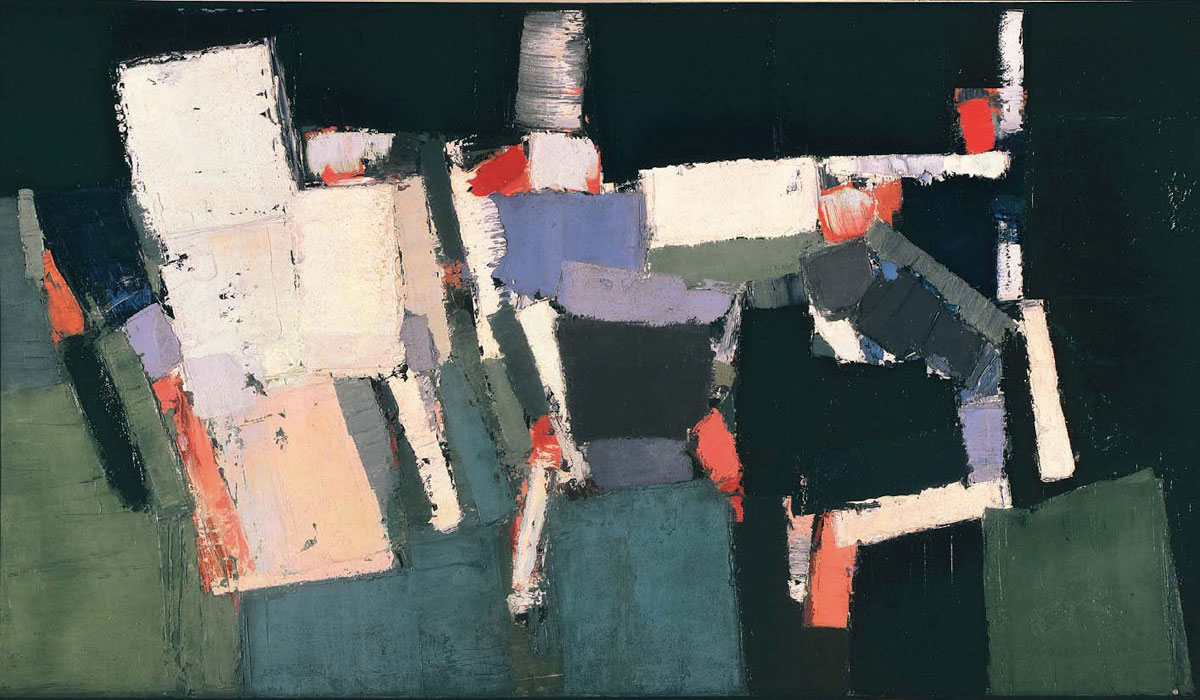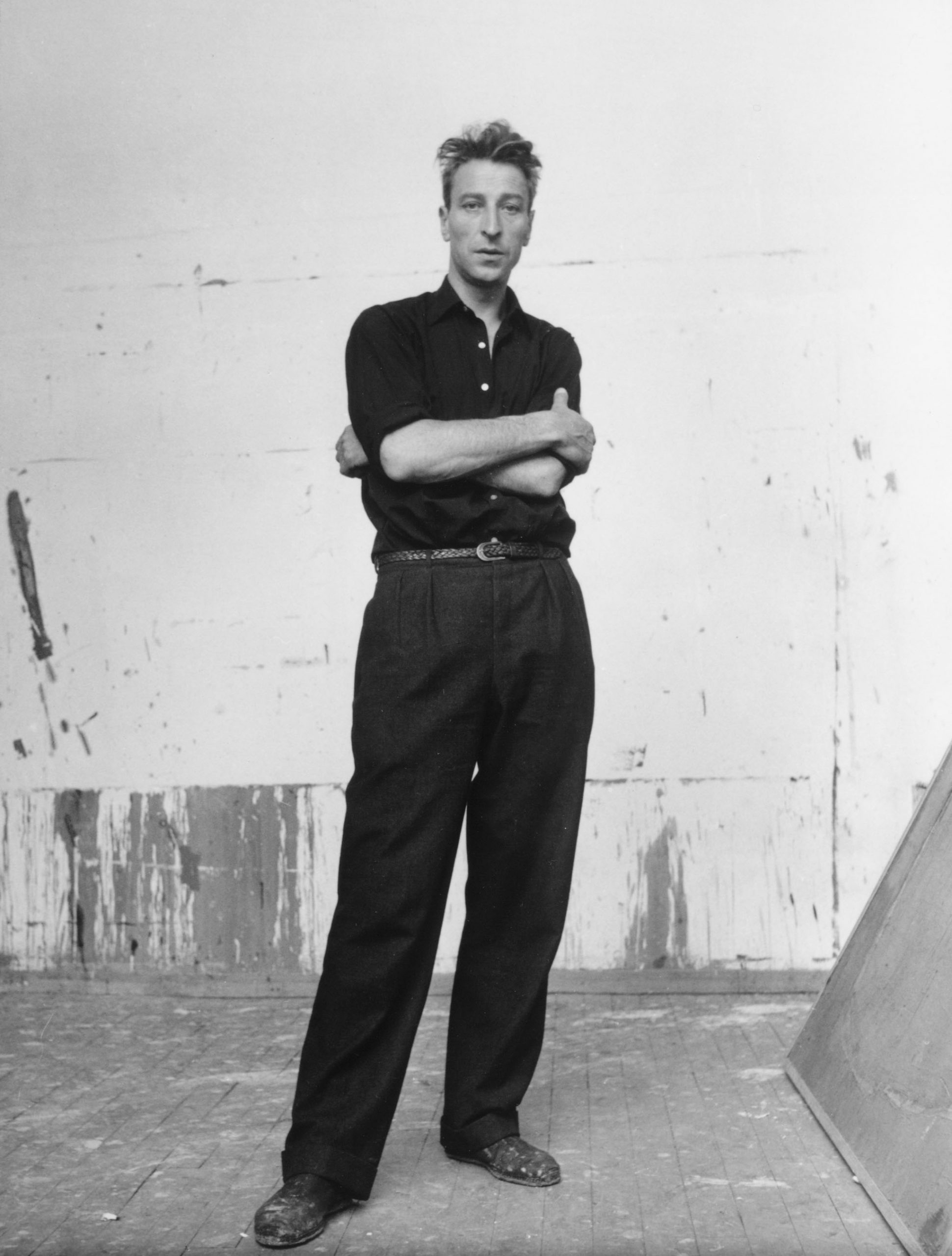In the context of the Olympic Games and the UEFA Cup, we invite you to revisit various sports masterpieces!
Among these works, Nicolas de Staël captured the essence of an ordinary football match. On a large canvas, his colorful strokes, rapidly thrown onto the grass, convey all the intensity of the match he observed.
In the headline of the newspaper "L’Équipe" on Thursday, March 27, 1952, one could read: "Large crowd, but disappointing game on the international level, last night at the Park." The only noteworthy fact being that this match was played for the first time at night. Although this match did not make a mark in the history of French football, it left an imprint in the history of art. This event indeed gave birth to what may be Nicolas de Staël's masterpiece, and certainly one of the great works of the 20th century: "Parc des Princes."





